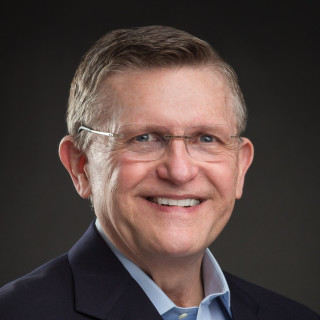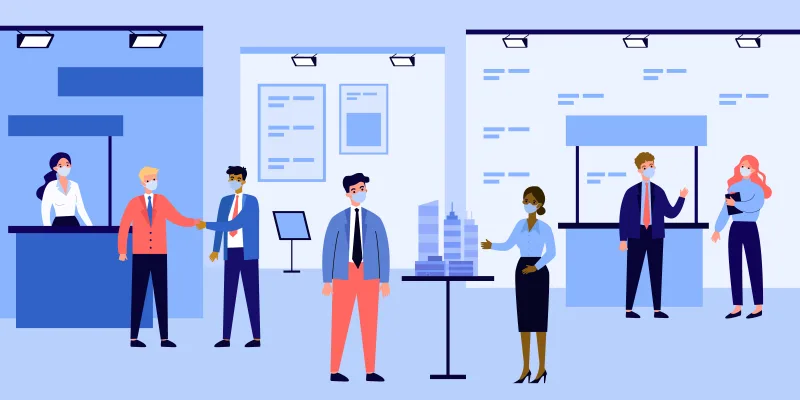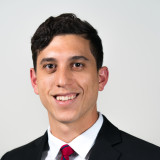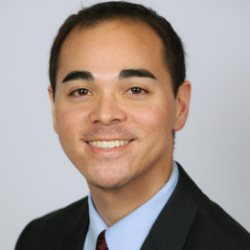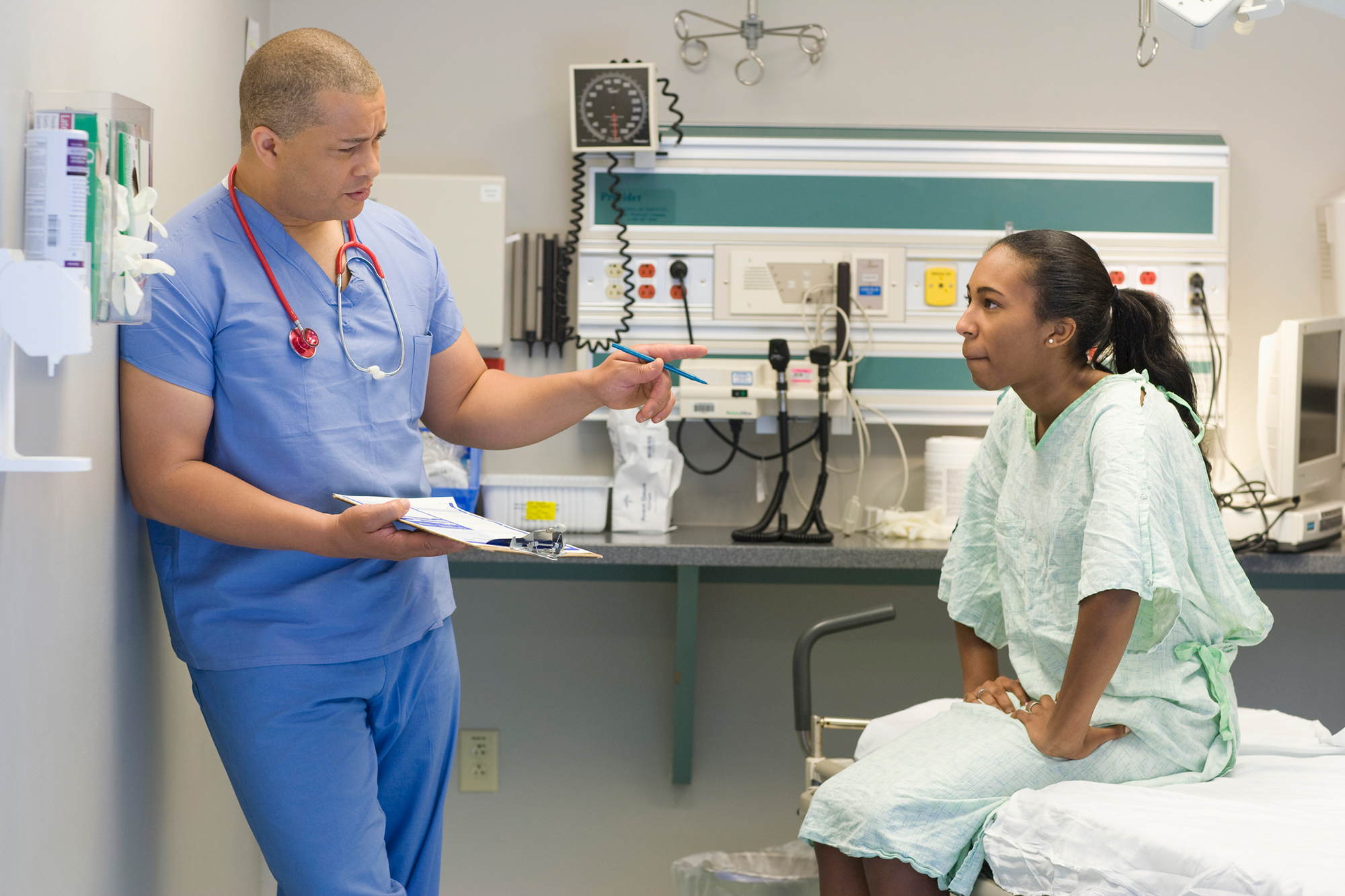
Advanced practice providers (APPs), consisting of physician assistants and nurse practitioners, are increasingly prevalent in medicine today. When I talk to a provider on the phone, half the time I don’t know if I’m talking to a physician or an APP. Go to any emergency department and there is a good chance you’ll be treated by an APP. Primary care offices, urgent care clinics, and dermatologist offices all use APPs. Now there is a push for APPs to be able to practice independently, without any physician oversight. Will APPs take over, replacing physicians in emergency departments and elsewhere? Do APPs fit the definition of a disruptive innovation?
Disruptive innovation is a term coined by Harvard Business School professor Clayton Christensen. As the theory goes, industry leaders overlook the needs of customers for simpler, cheaper alternatives. New entrants into the market address that need, first taking over low-end, low-profit businesses, and gradually working their way up the food chain to eventually compete with and take over the market. Think Wikipedia. When was the last time you saw an Encyclopedia Britannica?
Training to become a physician is long and arduous: four years of medical school after getting an undergraduate degree, followed by residency training that is usually a minimum of three years (and much longer, potentially, depending on one’s specialty). By contrast, the typical APP has two years of education after college. There is no requirement for internship or residency training. Does one really need four years of college, plus four years of medical school, plus three years or more of residency training to treat a common cold, sore throat, or sprained ankle?
APPs have worked in emergency departments for years, initially to treat simple, straightforward, low-acuity conditions such as sprained ankles, sore throats, and lacerations. But increasingly, APPs are treating more complicated patients. In many emergency departments, nearly 25% of the emergency medicine workforce is now APPs (roughly 14% is “nonemergency physicians,” meaning board-certified emergency physicians constitute only 60% of the workforce). In rural areas, where Critical Access Hospitals are experiencing severe physician shortages, I have heard of emergency departments entirely staffed by APPs with telemedicine backup.
What I hear from physicians is that while they really enjoy working with some APPs, they are not crazy about others. (In all fairness, physicians feel the same way about one another, and I’m sure that APPs feel the same way about us!) Many physicians are concerned that while their training and experience are variable, some APPs are seeing patients with complexity beyond their skill level, and they are treating and discharging patients with little oversight. The physicians themselves can’t see every one of an APP’s patients because they have their own patients and there simply is not enough time to do both.
One would never hire a new grad medical student and let him or her work in an emergency department. But that is exactly what we do with new grad APPs. APPs, who have two fewer years of education than a medical student, are being cut loose to see patients in an emergency setting. I have personally seen some APPs get as little as two or three orientation shifts before being put on the schedule. True, they typically get put in the fast-track area, seeing so-called low-acuity patients, but you don’t know what you don’t know. How do you know if that patient with back pain is just one of the many with typical musculoskeletal strain? What if it’s really something more serious, like a cord compression or epidural hematoma? Physician groups are seeing an increase in APP malpractice claims, possibly for this very reason.
What’s driving the big push for the incorporation of APPs in medical practice is money. At roughly a third of the cost of using physicians — the mean salary for an emergency medicine PA working in emergency medicine in 2018 was $123,006; the mean salary for an emergency physician was $336,000 — the financial incentives are enormous. On a public policy level, our health care system is simply too expensive. We spend more than any other country in the world and don’t have the outcomes to show for it. Reduce costs, reduce costs, and reduce costs. That’s the name of the game these days. And it makes sense. Why pay a physician to suture a simple laceration or treat a patient for strep throat, when an APP can do it just as well? Even if an APP is not as productive as a physician (sees fewer patients per hour), seeing three times as many patients is a lot of ground to make up if you’re a physician.
Are APPs a disruptive innovation? Will they follow the disruptive innovation pattern and replace a majority of physicians? I don’t know. In the absence of rational, thoughtful clinical input, the market will make these determinations. The market, in our capitalist society — even in health care — will always push for lower costs and higher profits, tempered only by the threat of malpractice losses. That, I know, is not in the best interests of our patients.
Certainly, in one sense, APPs represent a potential threat to physicians. But in another sense, they represent an opportunity for the overall health care team. They can help address issues related to physician shortages and reduced patient access to care. They can free physicians to focus on critical decision-making, for which we are trained. The real question is: How can we provide care that is both cost-effective and ensures patient safety? We, as health care leaders, need to have an open and frank discussion about what constitutes appropriate training and supervision. Who gets to do what, when, where, and how? What is the appropriate mix of APP and physician coverage? Who better than us, as physicians, to determine these standards? We owe this to ourselves and to our patients.
Joe Twanmoh, MD, MBA, is a practicing emergency physician, consultant, and operations expert and offers operations management consulting to health systems across the country. To learn more, visit www.JoeTwanmoh.com or email joe@joetwanmoh.com.



